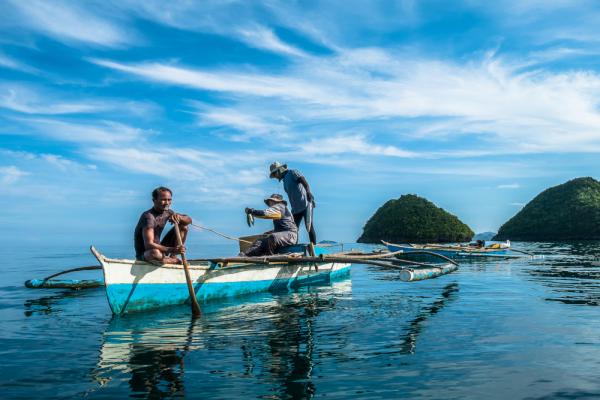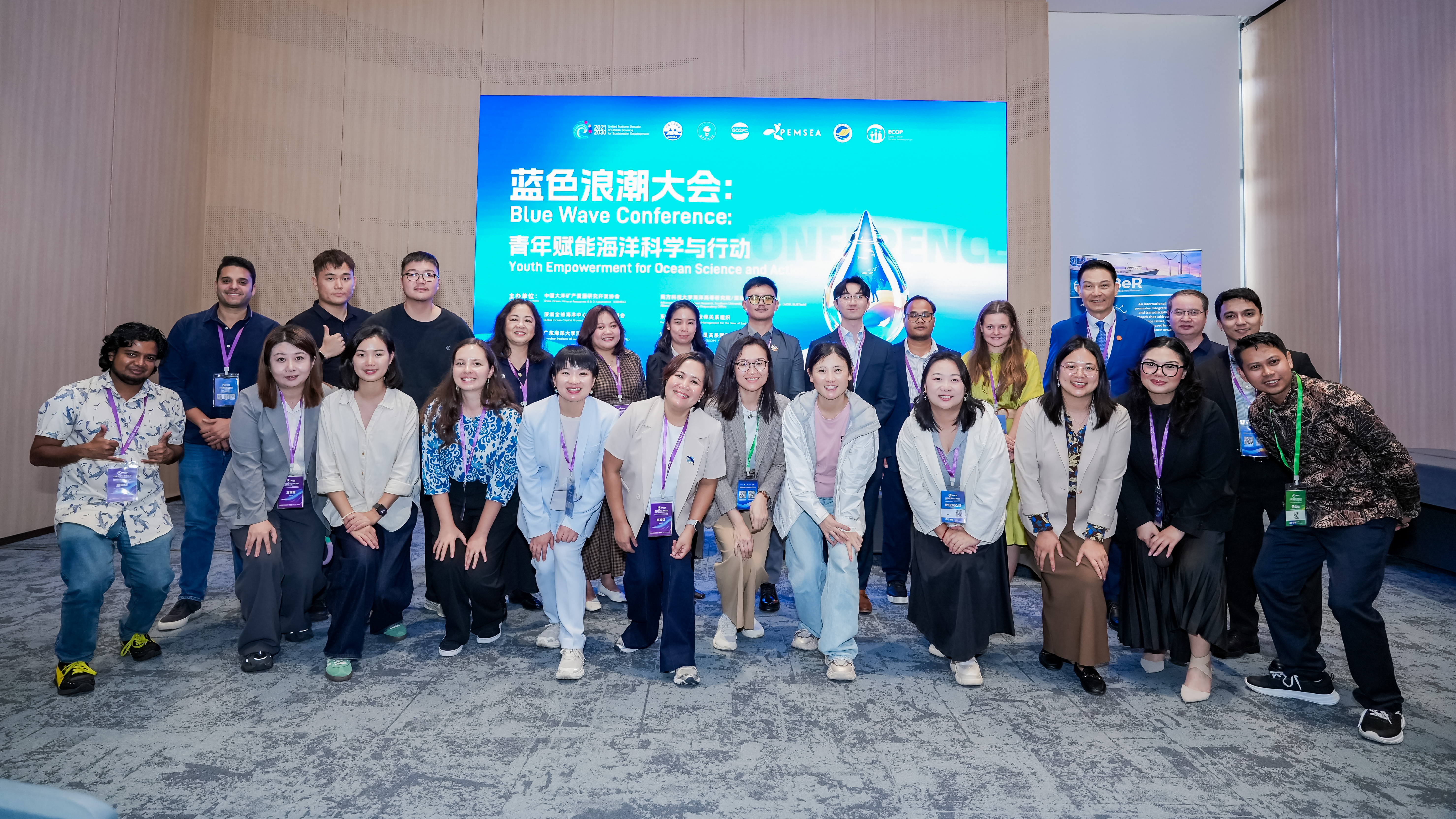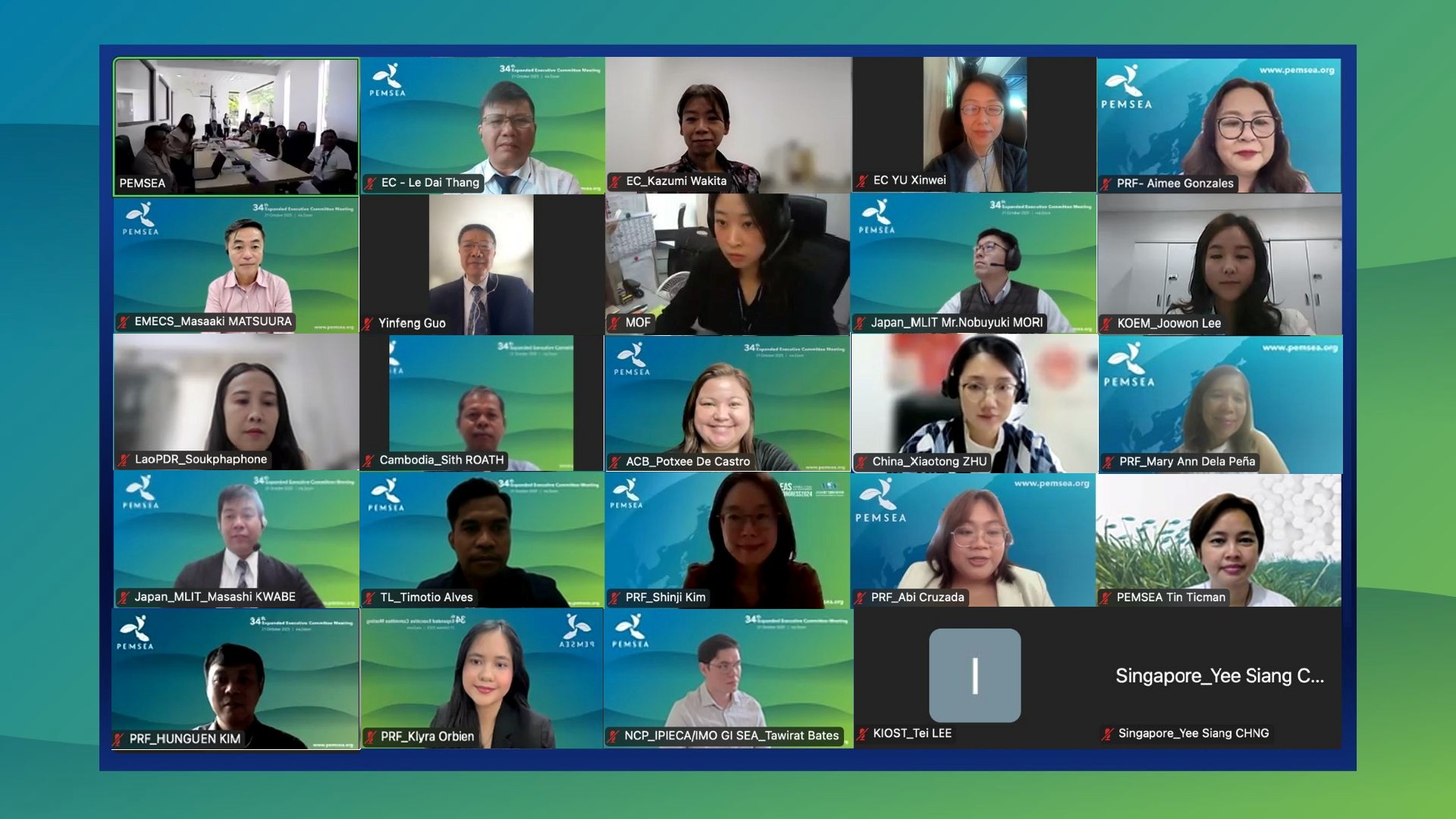Post-COVID-19, how ICM can help local governments prepare for a “better normal”
Thursday, 28 May 2020

(PEMSEA / Jarrett Laabs)
MANILA, PHILIPPINES—In a post-coronavirus world, there is a need to generate new ideas and approaches and recalibrate them to pave the way to a “better normal.” There is increasing realization that the pandemic is not just a short, periodic, epidemiological glitch, but a huge disruption to how communities and local government units (LGUs) will conduct themselves even after a vaccine is discovered.
While capacity and resources vary amongst countries and local governm
ents, LGUs in particular, are on the frontline of balancing economic recovery, environmental protection and preservation, and keeping the people safe and healthy. While the national government provides the necessary policy, strategic direction and funding/stimulus packages (in the Philippines, for example, the National Economic and Development Authority’s proposed actions to facilitate economic and social recovery; and the Department of Environment and Natural Resources’ policy and program directions-setting for the environment in response to COVID), LGUs are responsible for translating these strategies and general directions into real actions on the ground.
PEMSEA’s work on integrated coastal management (ICM) can help support LGUs prepare for a “better normal” through the strategy of adaptive management. ICM provides the necessary platform through the following:
- the institutional mechanisms (coordinating mechanisms) that have been established can serve as a venue to bring together all key players at the local level to discuss a comprehensive and integrated approach (covering all sectors) to mainstreaming the national government’s proposed actions into their plans. The result is a retrofitted plan that is pandemic responsive and adjusting to the new normal.
- revisiting tools and approaches of ICM that are proven to be working in strategic and operational planning and in implementing and monitoring the effectiveness of the retrofitted plans and utilizing new novel tools and approaches to beef up the response and recovery process; and
- communication planning – while the pandemic has resulted to massive information campaigns, the message is mainly focused on health and safety but not on the environment. There are silver linings to the pandemic in relation to the environment – lesser gas emissions, more animals are expanding their home ranges, etc. But once the economic recovery programs are implemented, it is anticipated that all of the anthropogenic impacts that we have seen in the past will return (and possibly create greater impacts.)
As local governments start implementing actions to cope with the new normal, they need the following support to build back better and leave no one behind: (a) capacity building on new tools and approaches; (b) financing to implement critical action programs; (c) engaging the business sector to help them achieve the triple bottom line while being seen as partners in the recovery process; and (d) promoting citizen science to engage the general public in the recovery process, such as being educated on social distancing measures, etc. In most cases, having a champion—such as a local chief executive, a woman leader or a youth leader—can provide the face and inspiration on what it takes to achieve a “better normal” and rise from it.
The PEMSEA Resource Facility (PRF) in collaboration with the PEMSEA Network of Local Governments has and will continue to support LGUs in preparing for a ‘better normal’. PRF has been utilizing available online technologies where possible (e.g., for meetings, office operations, etc.), thus increasing efficiency while at the same time reducing carbon footprint.



